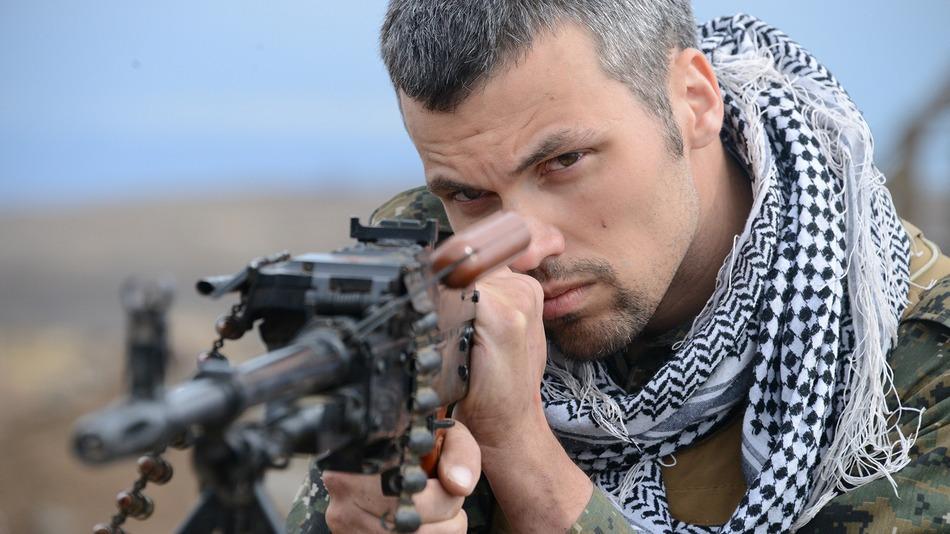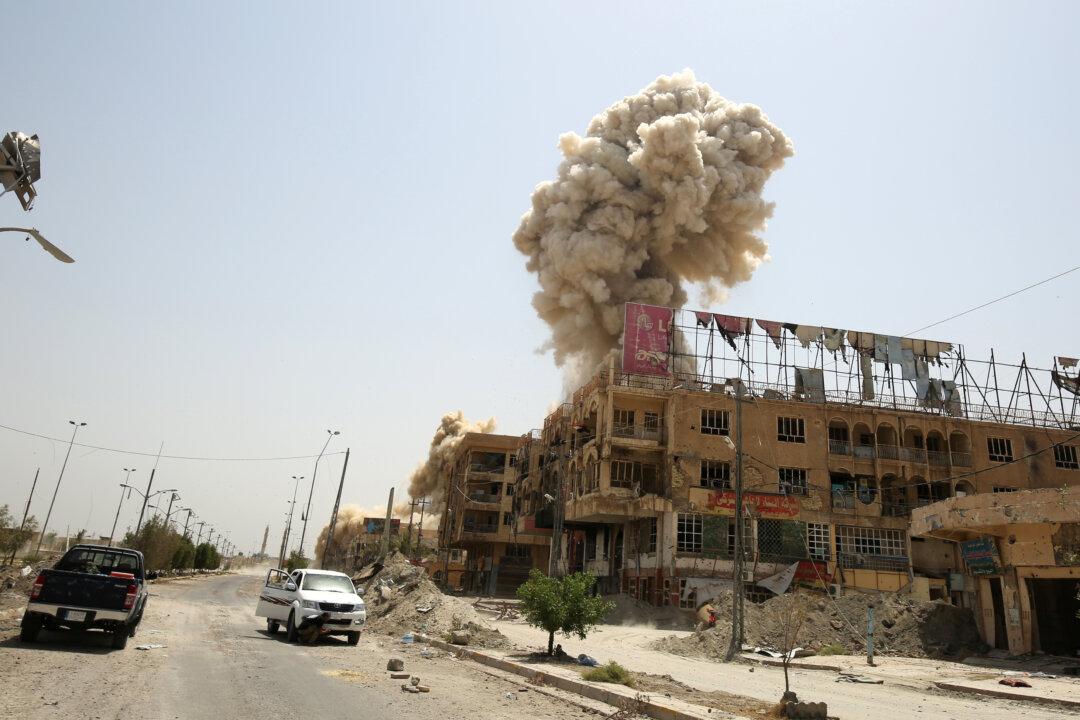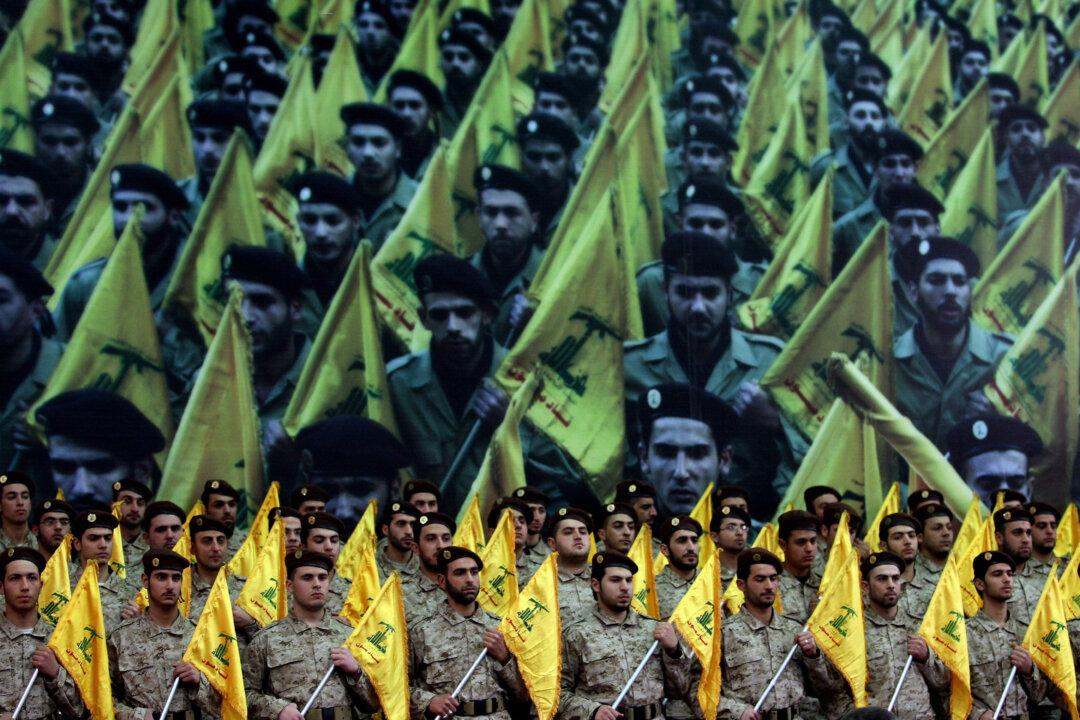NETIV HA'ASARA, Israel—In many ways, Jimmy Fenlon is a typical 15-year-old boy. He goes to school. He does his homework. His favorite subjects are science and chemistry. He tries to watch out for his 11-year-old sister, Jade.
But Jimmy is not typical in one significant aspect: He and his family live a mere 1,600 feet from the Israeli border with Gaza. That’s only about four and a half football field lengths. He has lived his entire life literally dodging rockets and mortars from Hamas just on the other side of the separation barrier.
In his lifetime, thousands of rockets have set off Israel’s red alert warning siren. Each time, Jimmy and the approximately 700 residents of his village, Netiv Ha'asara, have a mere five seconds to seek shelter. Even if they are fast asleep.
Like many 15-year-old boys, he is full of bravado.




